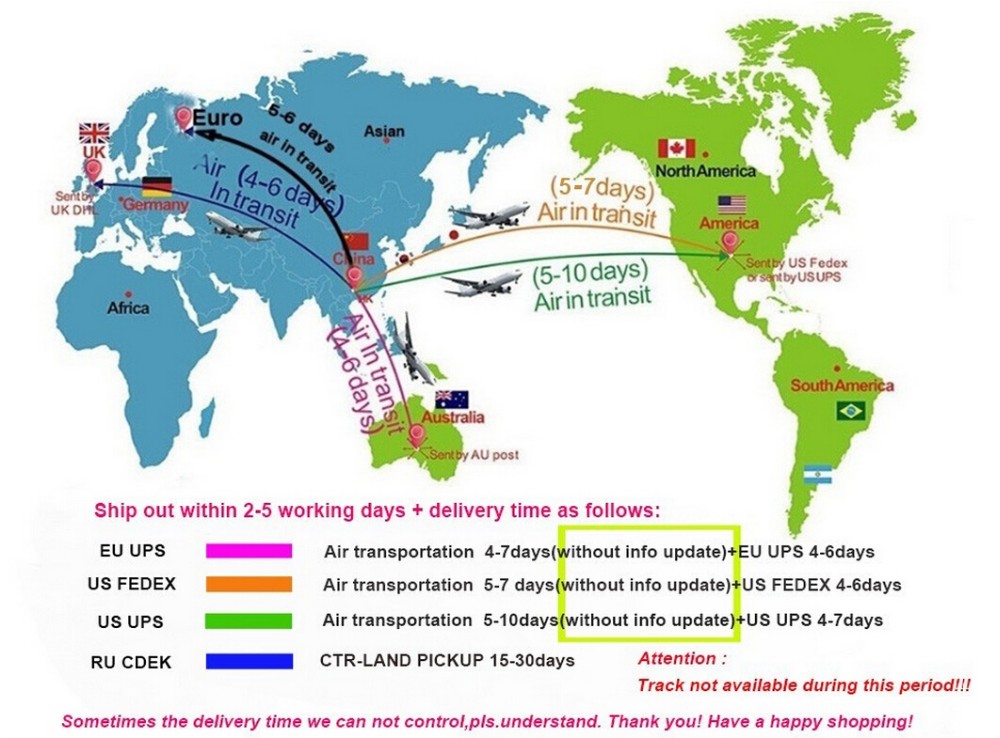How Far Does a 38 Bullet Travel: Unraveling the Distance and Impact
Guide or Summary:Projectile VelocityEnvironmental ConditionsFirearm Design and CaliberGravitational and Wind ResistanceReal-World ApplicationsThe curiosity……
Guide or Summary:
- Projectile Velocity
- Environmental Conditions
- Firearm Design and Caliber
- Gravitational and Wind Resistance
- Real-World Applications
The curiosity surrounding the trajectory and impact of a 38 Special bullet has been piquing the interest of enthusiasts and professionals alike. This article delves into the intricate details of how far a 38 Special bullet can travel, considering various factors such as projectile velocity, environmental conditions, and the design of the firearm.
Projectile Velocity
The initial velocity of a 38 Special bullet significantly influences its travel distance. A typical 38 Special bullet exits the barrel at speeds ranging from 1,000 to 1,200 feet per second (fps). However, this velocity can vary depending on the specific ammunition and the condition of the firearm. Higher velocities generally result in longer travel distances.

Environmental Conditions
The environment in which the bullet is fired can also affect its travel distance. Factors such as air density, wind speed, and humidity can all play a role. For example, bullets tend to travel farther in lower humidity conditions, as the air is less dense and offers less resistance. Similarly, a headwind can help extend the bullet's range by reducing air resistance.
Firearm Design and Caliber
The design of the firearm and the caliber of the bullet also impact the travel distance. A longer barrel can increase the velocity of the bullet, resulting in a longer range. Additionally, certain bullet designs, such as those with a pointed tip, are more aerodynamic and can travel farther than those with a round nose.

Gravitational and Wind Resistance
Gravity and wind resistance are two other critical factors influencing the travel distance of a 38 Special bullet. Gravity pulls the bullet downward, causing it to follow a parabolic trajectory. Wind resistance, on the other hand, slows the bullet down as it travels through the air. Both factors contribute to the bullet's ultimate distance and accuracy.
Real-World Applications
Understanding how far a 38 Special bullet travels is crucial in various real-world applications, including hunting, target shooting, and self-defense. Knowing the distance and impact of the bullet can help hunters determine the effective range for different game, ensuring a successful shot. In target shooting, understanding the bullet's travel distance can help shooters adjust their aim and improve their accuracy. Lastly, in self-defense scenarios, knowing the bullet's range can help individuals assess the potential danger and make informed decisions.

In conclusion, the travel distance of a 38 Special bullet is influenced by several factors, including projectile velocity, environmental conditions, firearm design, and gravitational and wind resistance. Understanding these factors can provide valuable insights into the effectiveness and impact of the bullet. Whether for hunting, target shooting, or self-defense, being aware of how far a 38 Special bullet can travel is essential for making informed decisions and ensuring safety.